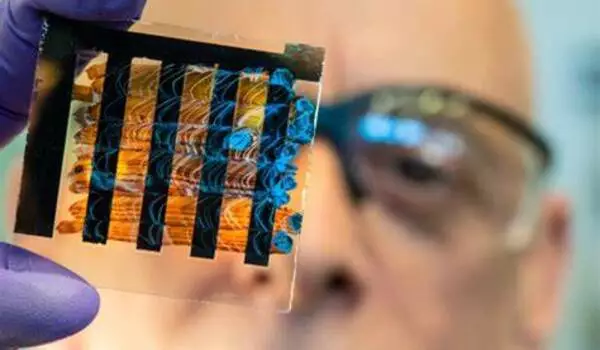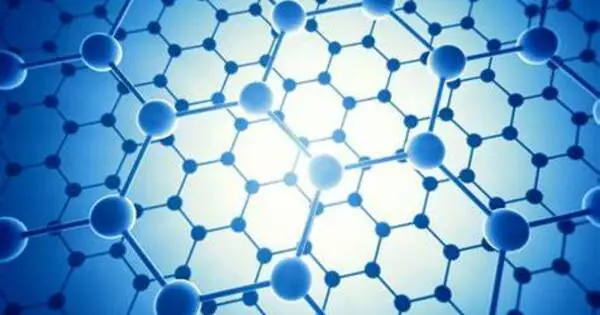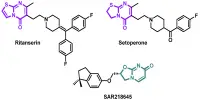Graphene, a remarkable substance made of a single sheet of carbon atoms organized in a two-dimensional honeycomb lattice, has received much attention due to its unusual features and prospective applications. One application for graphene is in the manufacture of sustainable hydrogen. Hydrogen is regarded as a clean and efficient energy carrier, and its generation through sustainable ways is critical for a greener future.
Researchers from The University of Warwick and The University of Manchester have finally addressed the long-standing mystery of why graphene is so much more permeable to protons than theory predicts.
A decade ago, scientists at The University of Manchester proved that graphene is permeable to protons, the nuclei of hydrogen atoms. The surprise outcome sparked a controversy in the community because theory anticipated that it would take billions of years for a proton to get through graphene’s thick crystalline structure. This has led to speculation that protons enter the crystal lattice through pinholes rather than through the lattice itself.
Now, in Nature, researchers from the University of Warwick, led by Prof. Patrick Unwin, and The University of Manchester, led by Dr. Marcelo Lozada-Hidalgo and Prof. Andre Geim, report ultra-high spatial resolution measurements of proton transport through graphene and demonstrate that perfect graphene crystals are permeable to protons. Unexpectedly, protons are strongly accelerated around nanoscale wrinkles and ripples in the crystal.
We were surprised to see absolutely no defects in the graphene crystals. Our findings show that graphene is innately accessible to protons at the tiny level.
Drs. Segun Wahab
The discovery has the potential to propel the hydrogen economy forward. Expensive catalysts and membranes, which can have a large environmental impact, are currently employed to make and consume hydrogen. These could be replaced with more sustainable 2D crystals, lowering carbon emissions and helping to Net Zero through green hydrogen generation.
To detect minute proton currents collected from nanometre-sized regions, the researchers employed a technique known as scanning electrochemical cell microscopy (SECCM). The researchers were able to visualize the spatial distribution of proton currents via graphene membranes as a result of this.
If proton transport took place through holes as some scientists speculated, the currents would be concentrated in a few isolated spots. No such isolated spots were found, which ruled out the presence of holes in the graphene membranes.

The paper’s lead authors, Drs. Segun Wahab and Enrico Daviddi, stated, “We were surprised to see absolutely no defects in the graphene crystals. Our findings show that graphene is innately accessible to protons at the tiny level.”
Proton currents were discovered to be accelerated around nanometre-sized flaws in the crystals, which was unexpected. The creases effectively ‘stretch’ the graphene lattice, enabling a greater room for protons to infiltrate through the immaculate crystal lattice, according to the researchers. This observation now ties the experiment and theory together.
Dr. Lozada-Hidalgo said: “We are effectively stretching an atomic scale mesh and observing a higher current through the stretched interatomic spaces in this mesh – this is truly mind-boggling.”
“These results highlight SECCM, which we developed in our lab, as a powerful technique for obtaining microscopic insights into electrochemical interfaces, which opens up exciting possibilities for the design of next-generation membranes and separators involving protons,” Prof. Unwin said.
The authors are ecstatic about the discovery’s potential to enable new hydrogen-based technology. “Exploiting the catalytic activity of ripples and wrinkles in 2D crystals is a fundamentally new way to accelerate ion transport and chemical reactions,” said Dr. Lozada-Hidalgo. This could lead to the creation of low-cost hydrogen-related catalysts.”
















